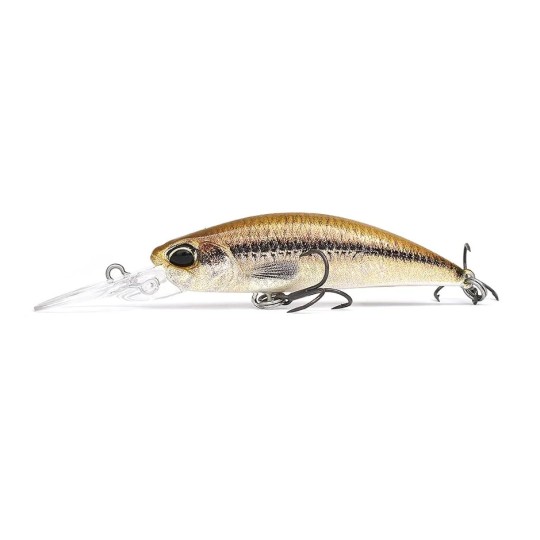
Hard Bait Duo International Spearhead Ryuki 50 MDSP
Shipping 24 H
- New
Today, trout lures come in many shapes and models. The advances made by manufacturers and designers over the last two decades have been incredible. The popularity of trout fishing and its widespread adoption have made it a major focus for the major brands.
One of the key factors in catching this fish will be to choose your swimming fish, your spoon or your hook according to a number of parameters. If you fish upstream, for example, you will inevitably have to adapt the positioning of your trout rod and your retrieve. The shape of your rod and the depth at which it swims will also have a major impact
Your fishing location will also be important. Going from sometimes tumultuous rivers to an opening in a dam lake or reservoir will weight to different choices of size or colour .
This makes trout fishing an art in itself, especially when you're fishing with lures. We're going to help you discover all these subtleties as the season progresses, to make your fishing an expert experience for beginners and experienced anglers alike.
There are several aspects to consider when choosing your lure. Position, size and shape are just some of the factors you need to bear in mind. Here's some general information to guide you in your choice.
The length of the lure you choose should follow the length of the fish you are trying to catch. Large trout living in rivers that are generally fairly wide will require swimbaits longer than 7-8cm. On the other hand, small trout in rivers with high water levels are more likely to choose 3-5cm lures.
Swimming depth is also one of the most important aspects. Your lures can swim close to the surface as well as several tens of centimetres down. You'll be fishing riffles with the most buoyant models, and pits or holes with sinking lures.
Colour will also play a role. It is perhaps even more important than when looking for other freshwater predators. The concept is to use brighter colours for darker waters and bottoms, while aiming for a clear or even natural pattern for clearer waters. There are subtleties to be found with copper or blue, which can be used as a referee when situations are not exactly defined.
To make your fishing a success, you can choose from a wide range of different soft lures for trout. Length and profile can be key factors in your choice. Colour will also play an important part in your decision.
If you had to choose just one model, it would be important to go for a shad. It's certainly the most versatile and will respond to all kinds of demands. On a fast retrieve, it will make its tail vibrate to decide active salmonids, while on a slow retrieve, it will play on the imitative side. A sico lure or a Fish Arrow shad will be an excellent choice.
The jerk minnow or finesse are also a good alternative. With their gentle vibrations, they are excellent for clear water fishing but also for overfished areas. It's a great way to stand out from the crowd, and is usually a resounding success.
The worms play on the imitative side to trigger the attack of trout. The profile is fairly standard but offers opportunities when other techniques fail. It is often with this type of imitation that you catch the most beautiful fish.
Finally, to keep things natural, anything that imitates an insect can work. Using your rod to drift a grasshopper across the surface or imitating the vibration of a cockchafer as it falls into the water are exciting techniques. Once again, the most natural trout fishing will work.
There are plenty of models in this category too. You'll find trout swimmers for all water columns and for fishing at all speeds. Fishing upstream or downstream will not be the same.
Jerk minnows are undoubtedly the best value for money in recent years. Some of the big names have developed a unique expertise and know-how. These include the D-Contact from Smith and the Ryuki from Duo. Although they require some learning, once mastered they prove to be a formidable lethal weapon.
Crankbaits are also a must-have. With their chunky body, they have a nasty tendency to displace a fair amount of water. They'll also hold up very well in the current, even when it's strong.
Prospecting pits can also prove to be one of these experts. Nylon line is preferred.
Surface lures or creatures offer interesting opportunities. Trout are known to rise easily to the surface and feed on insects. Imitation grasshoppers, crickets and small insects are prime prey that salmonids will not shy away from.
If there's one lure you really shouldn't forget, it's the trout spoon. This lure is economical, easy to use and incredibly effective.
The spinning models are certainly the most popular. Their design and rotation allow them to hold their current well in many current situations. They also give you the opportunity to fish relatively gently and comb a wide area of the river.
Wobbling spoons are less well known. They can be used to fish torrents as well as bodies of water such as reservoirs or mountain lakes. They are also a lure that should not be overlooked, depending on the season.
Numerous developments have appeared in recent years offering anglers even more choice and choice of hook. Water depths, weights and pearlescent colours can now be incorporated into certain model series.
The spinnerbait for trout can be an opportunity for fishing this species in rivers. Little known until a few years ago, lucky craft introduced its first Area models. As the name suggests, they are designed for research in ponds and reservoirs.
Their best feature is the combination of 2 signals. The spoon for the vibrating action and flashes of light, and on the other side the body which imitates a minnow or insect.
See our full trout catalogue:
Filter By
614 products

Shipping 24 H
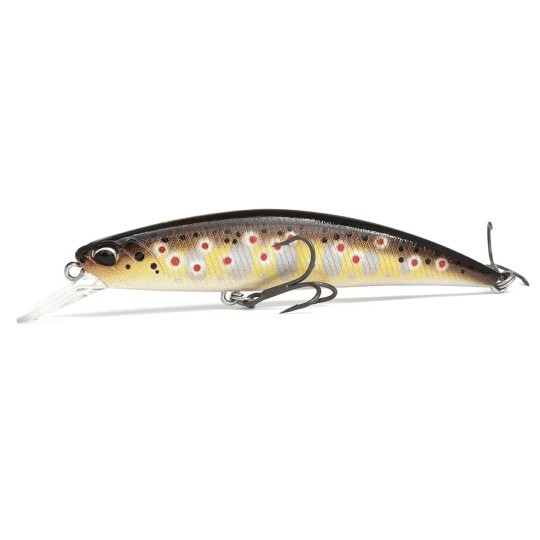
Shipping 24 H
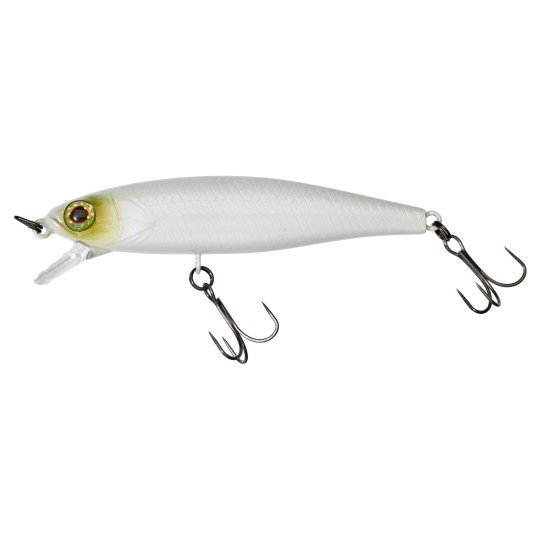
Shipping 24 H
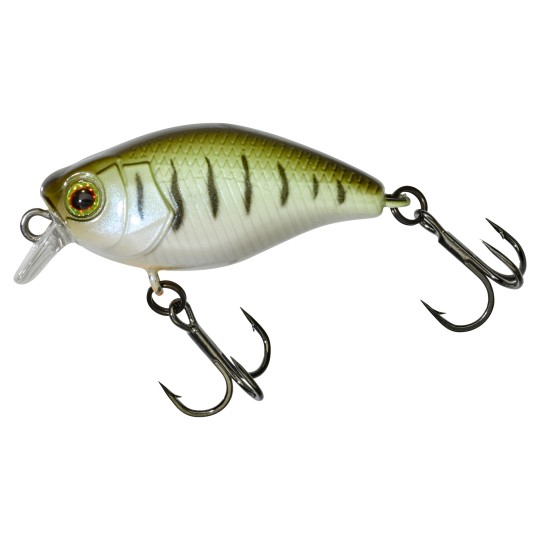
Shipping 24 H
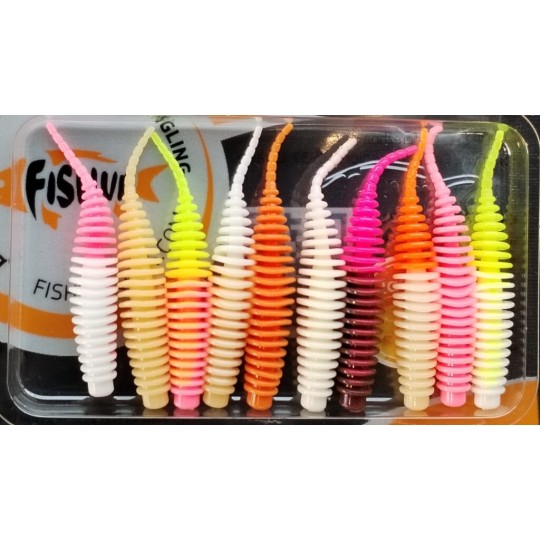
Shipping 24 H
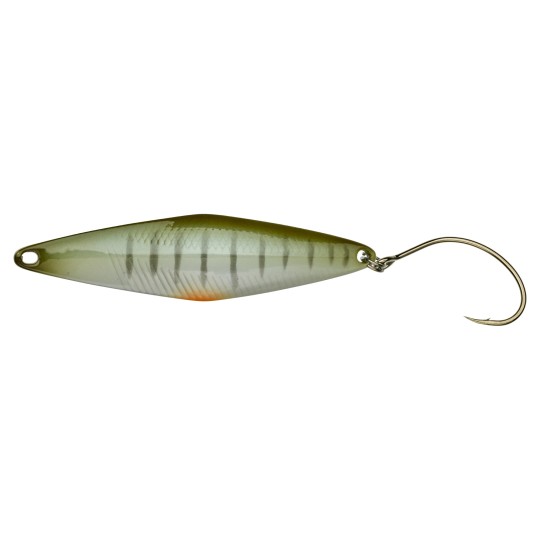
Shipping 24 H
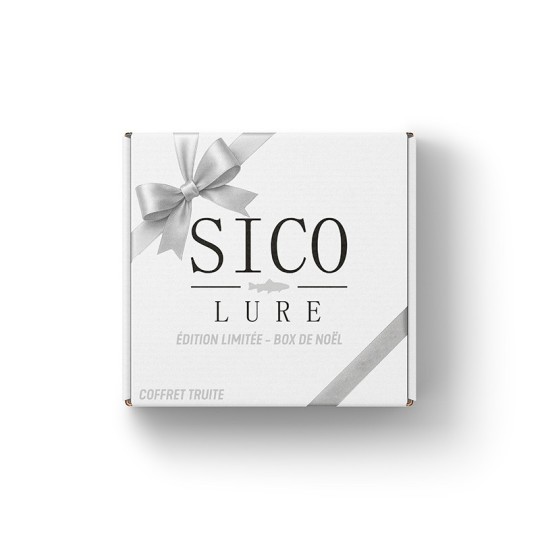
Shipping 24 H
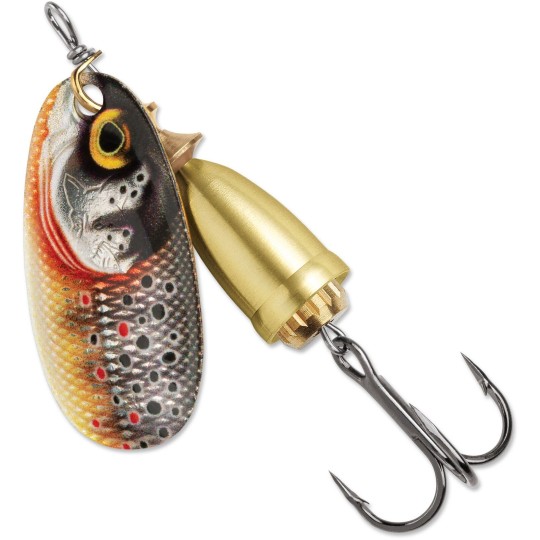
Shipping 24 H
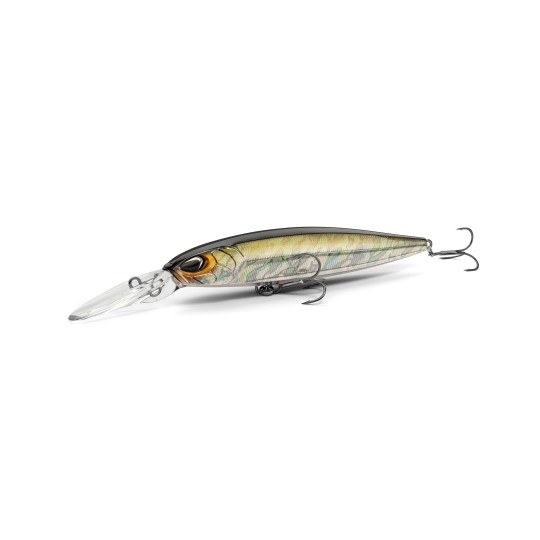
Shipping 24 H
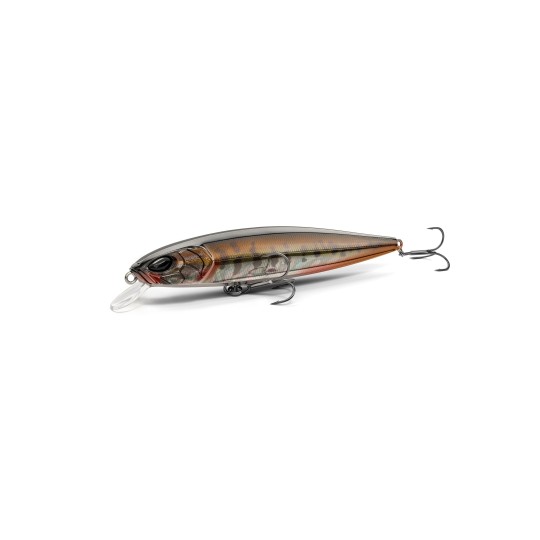
Shipping 24 H
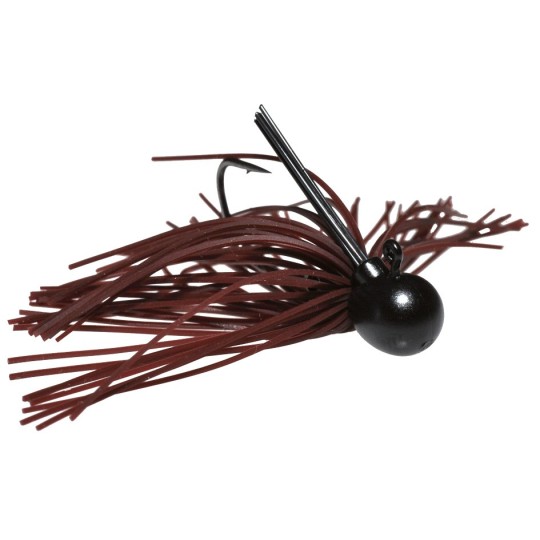
Shipping 24 H
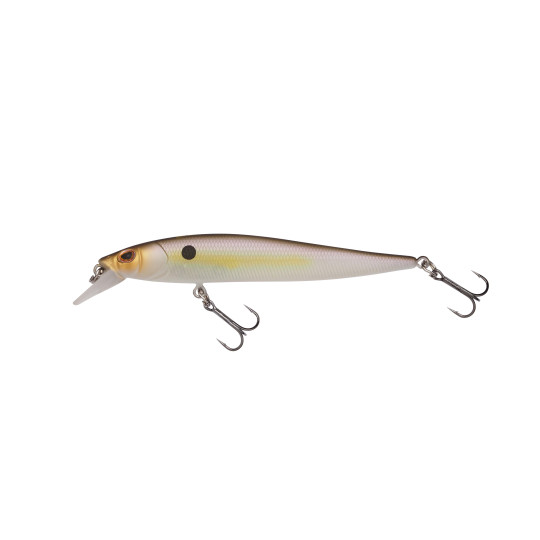
Shipping 24 H
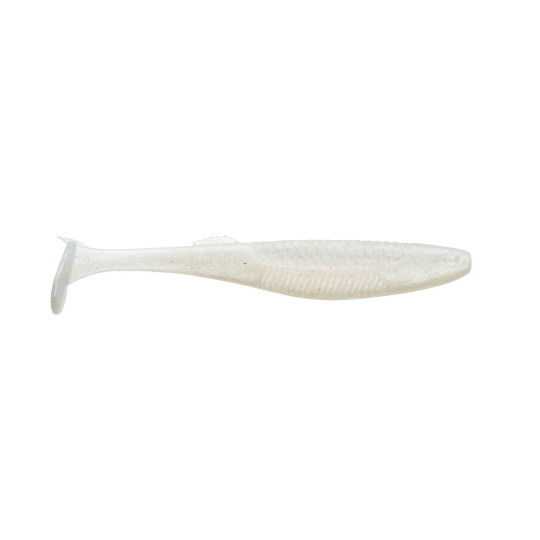
Shipping 24 H
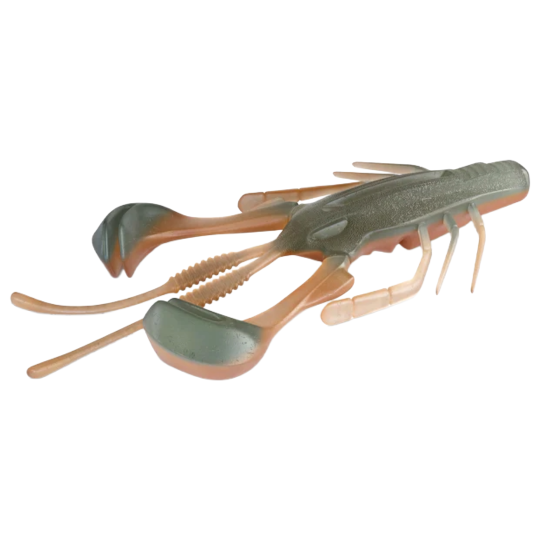
Shipping 24 H
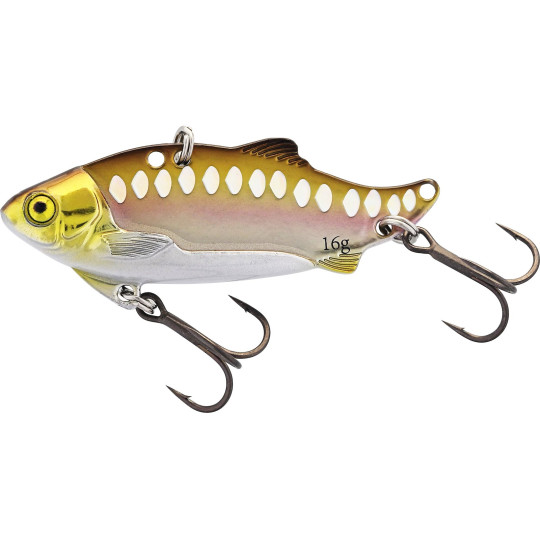
Shipping 24 H
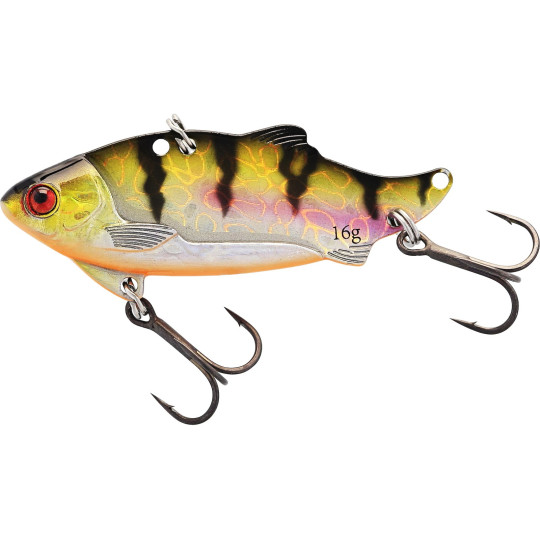
Shipping 24 H
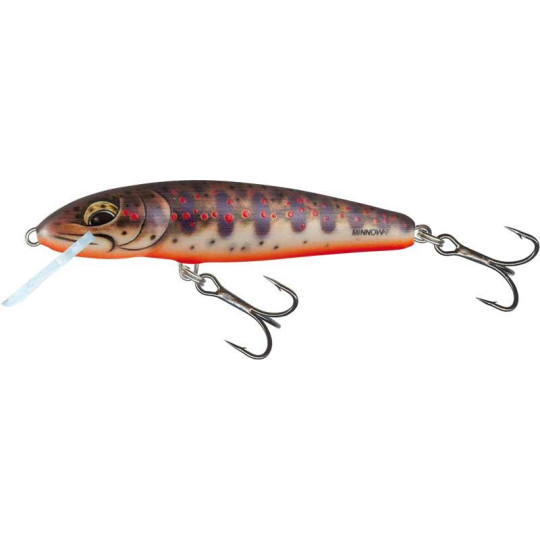
Shipping 24 H
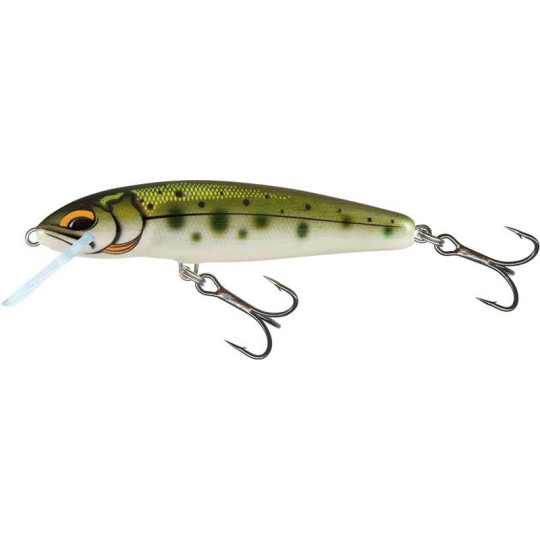
Shipping 24 H
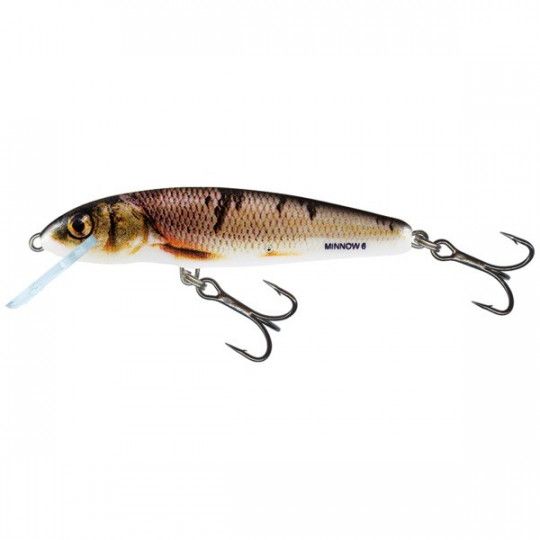
Shipping 24 H
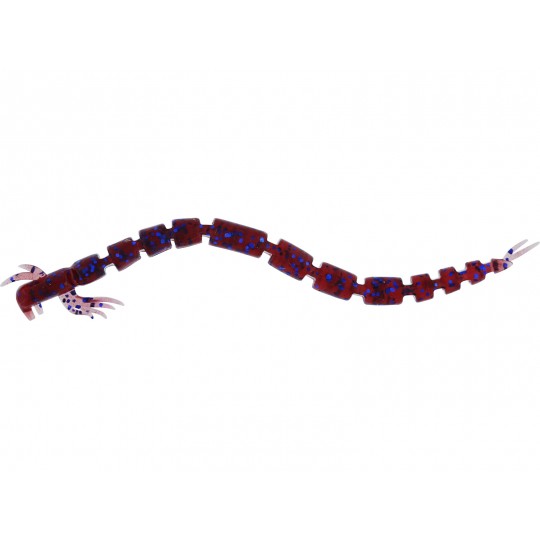
Shipping 24 H
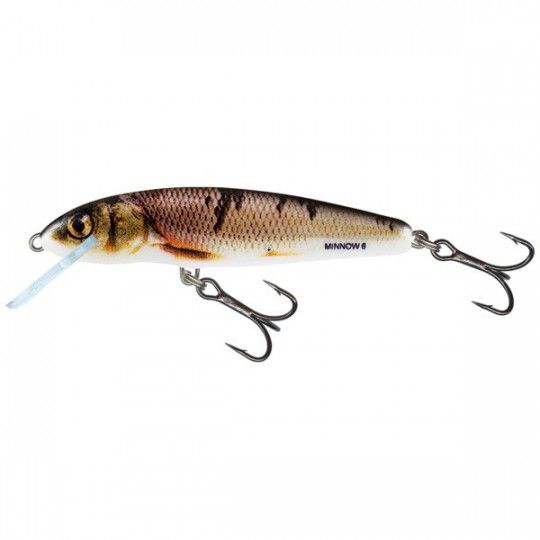
Shipping 24 H
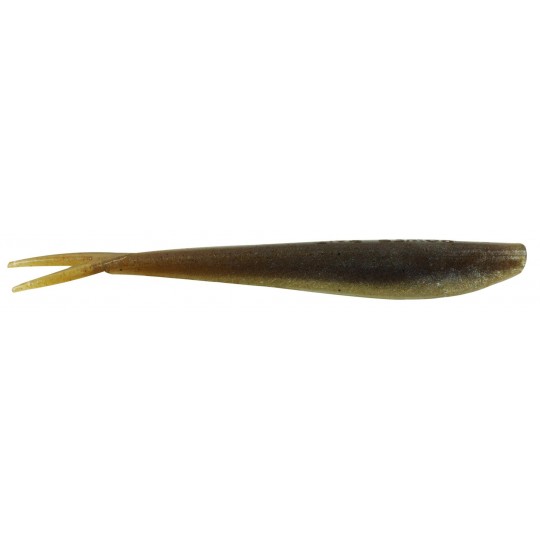
Shipping 24 H
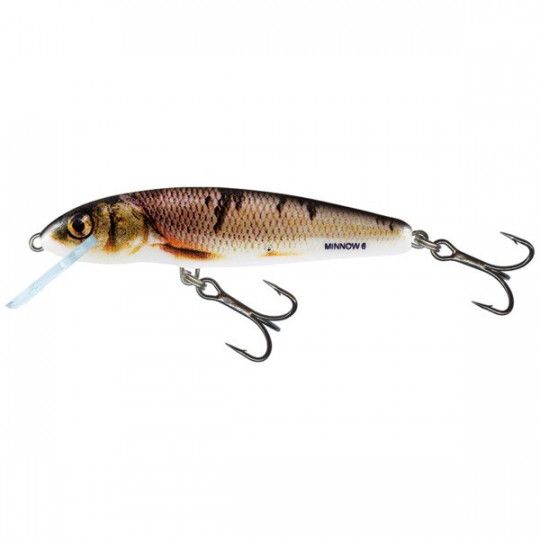
Shipping 24 H
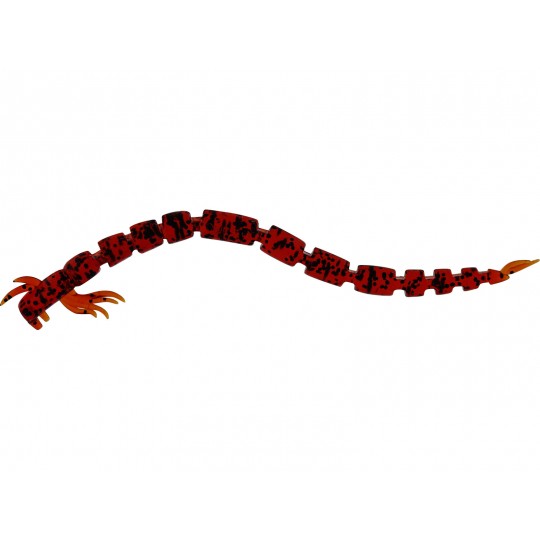
Shipping 24 H
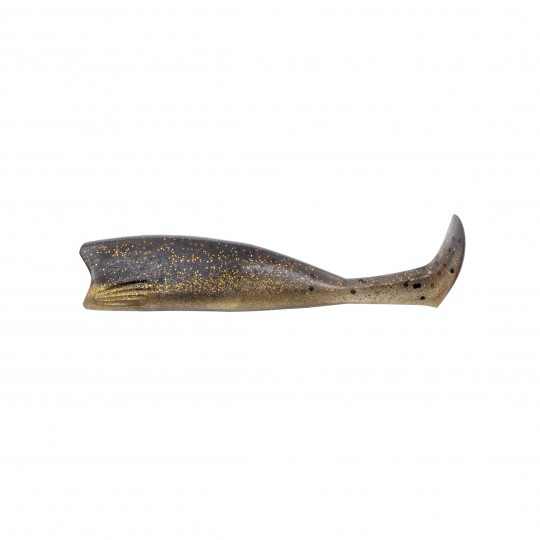
Shipping 24 H
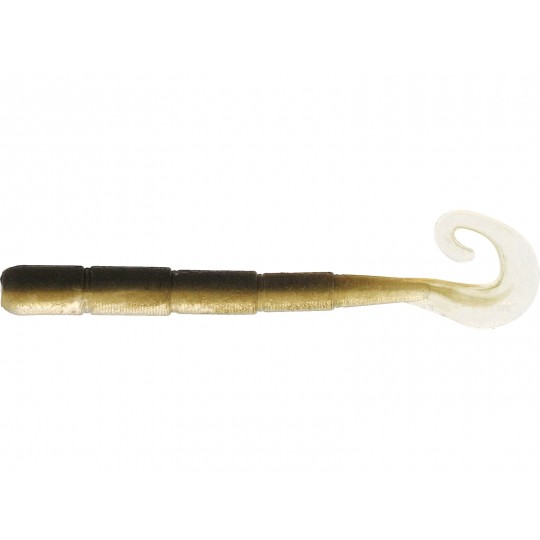
Shipping 24 H
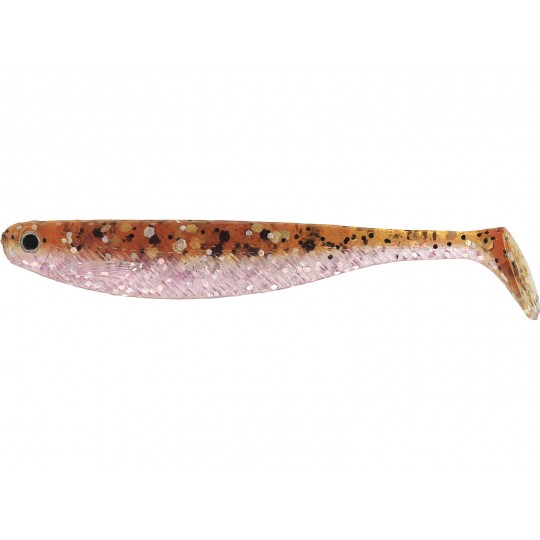
Shipping 24 H
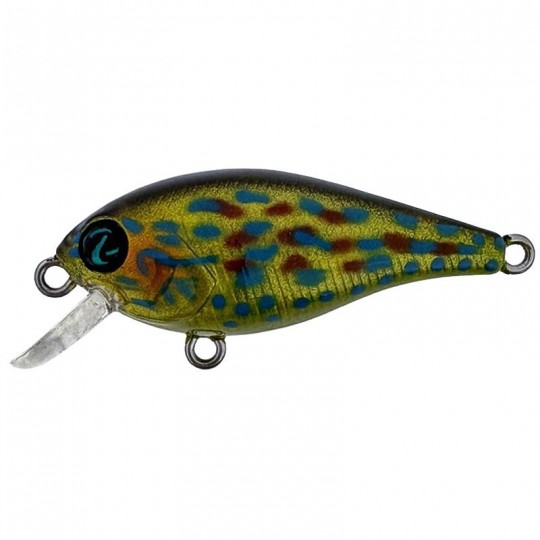
Shipping 24 H
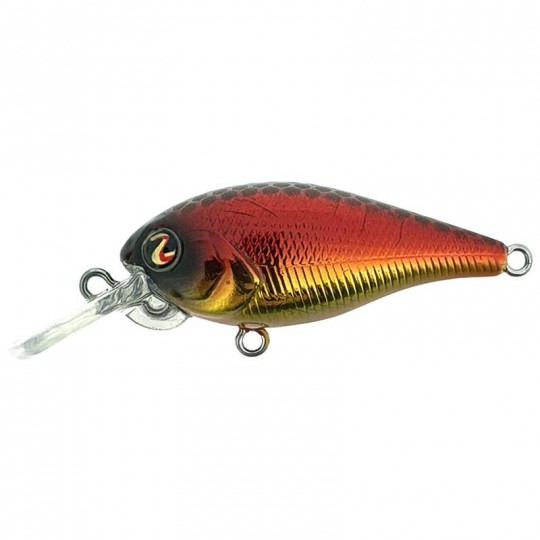
Shipping 24 H
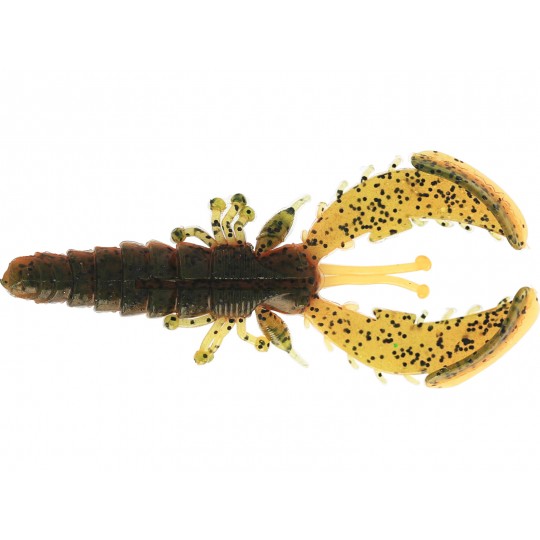
Shipping 24 H
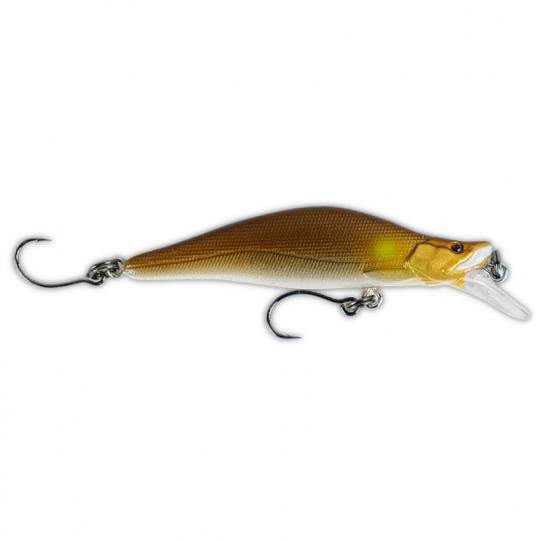
Shipping 24 H
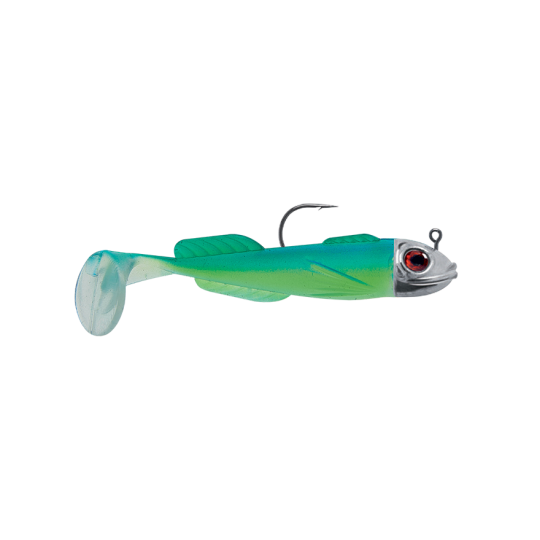
Shipping 24 H
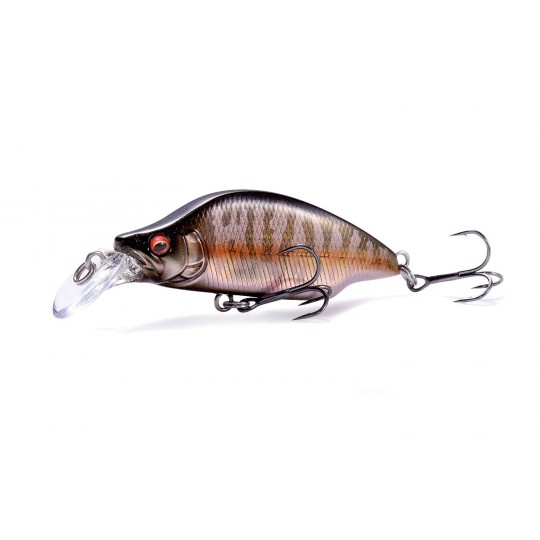
Shipping 24 H
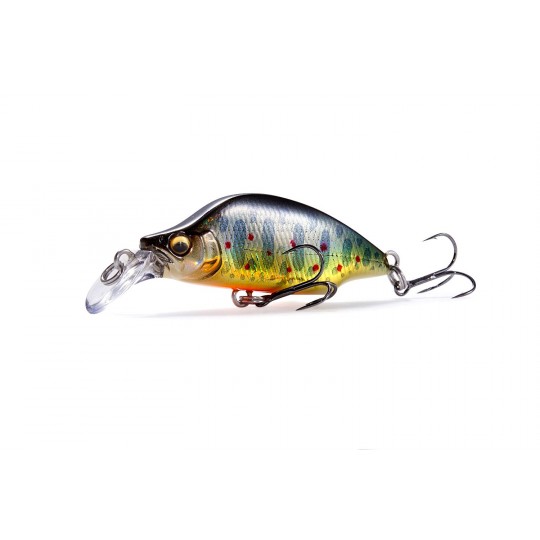
Shipping 24 H
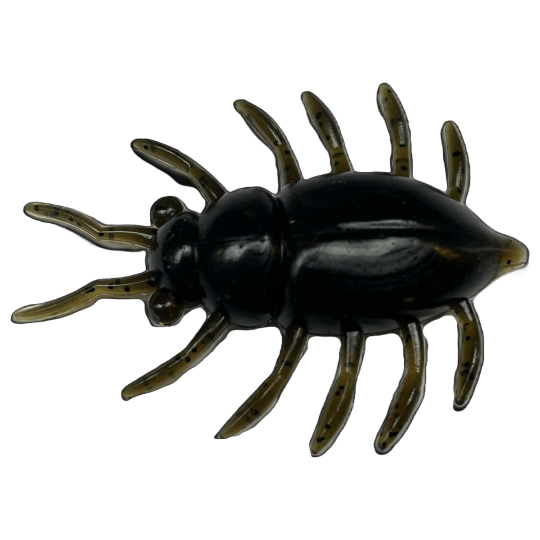
Shipping 24 H
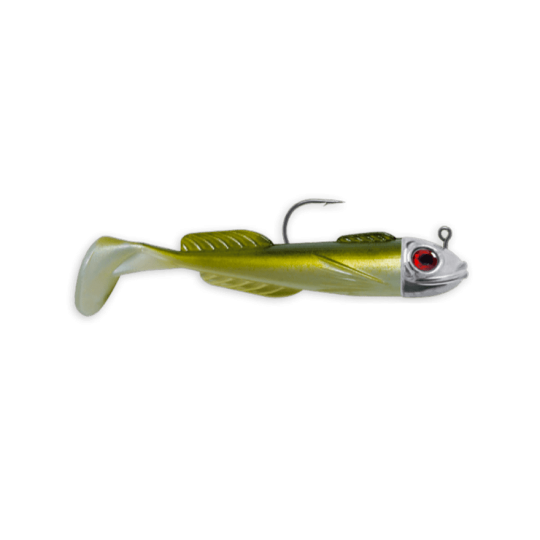
Shipping 24 H
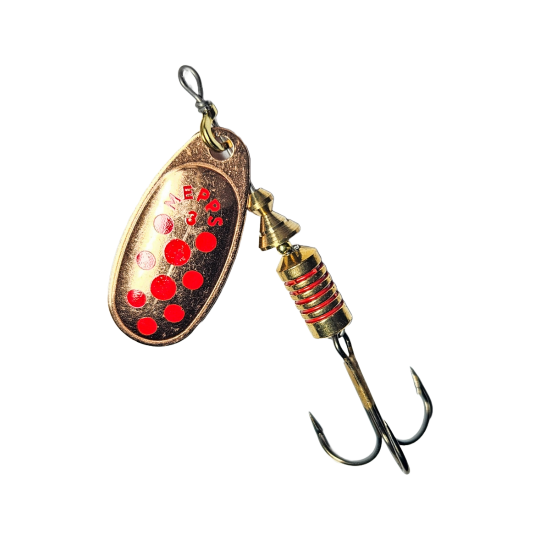
Shipping 24 H
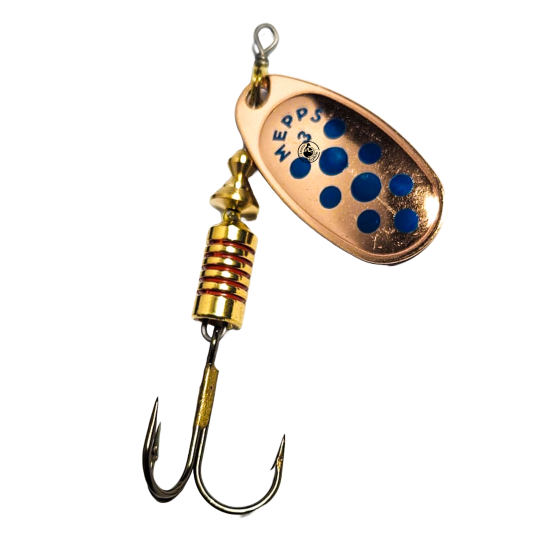
Shipping 24 H
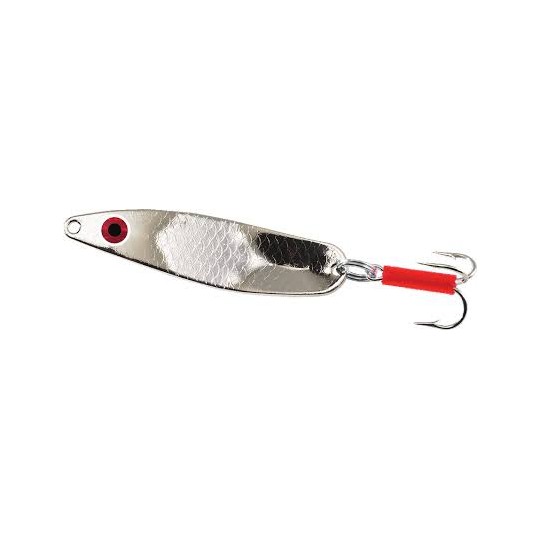
Shipping 24 H
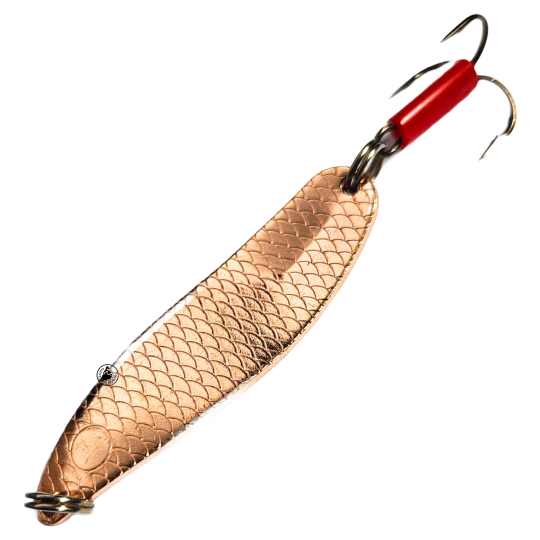
Shipping 24 H
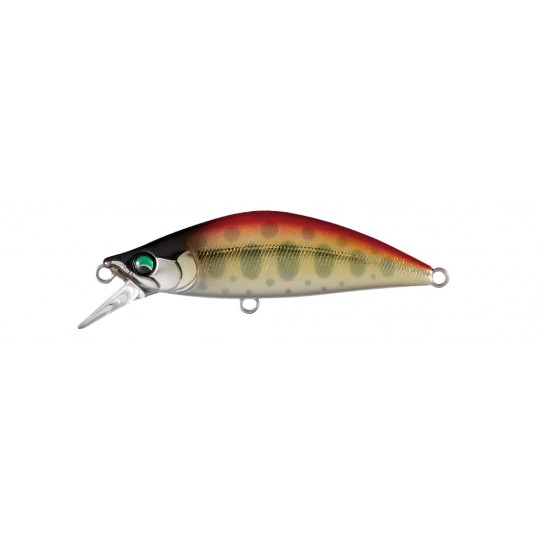
Shipping 24 H
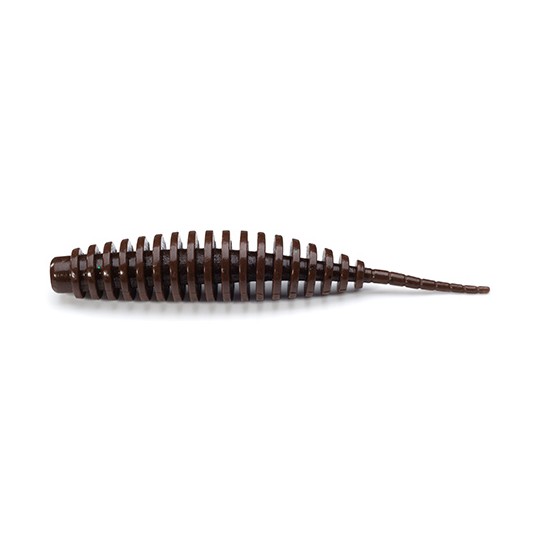
Shipping 24 H
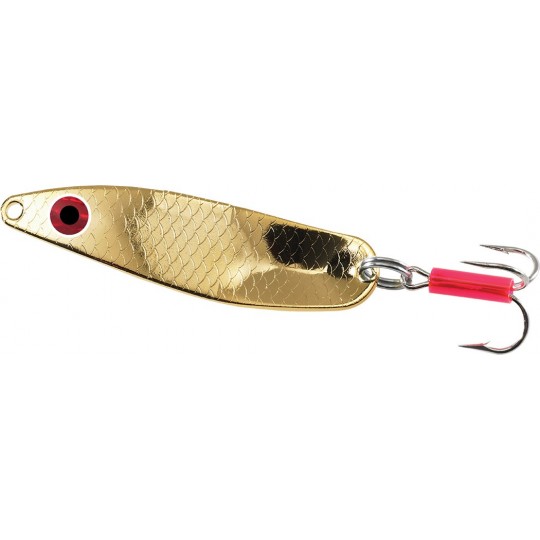
Shipping 24 H

Shipping 24 H
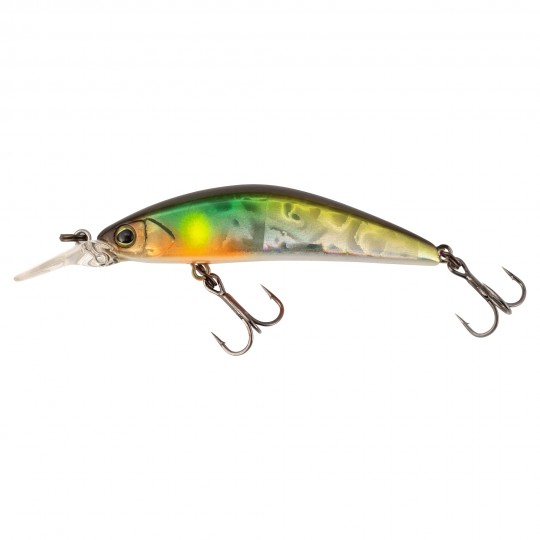
Shipping 24 H
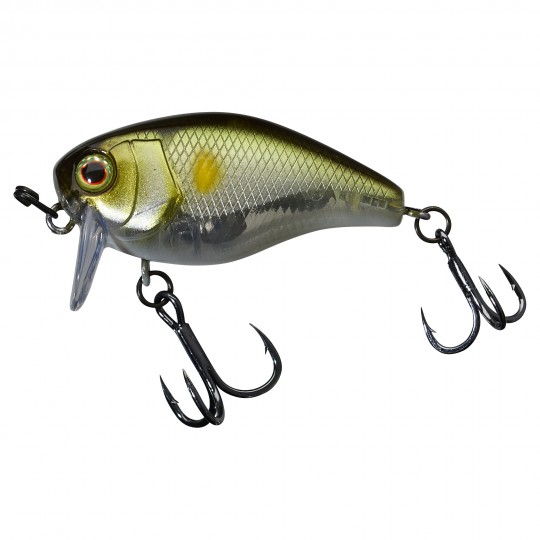
Shipping 24 H
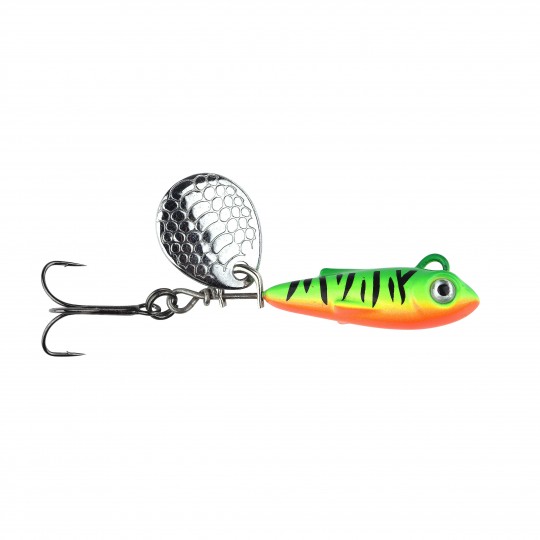
Shipping 24 H
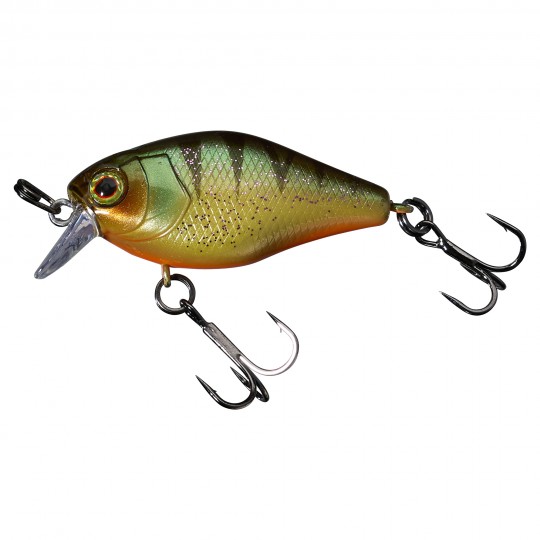
Shipping 24 H